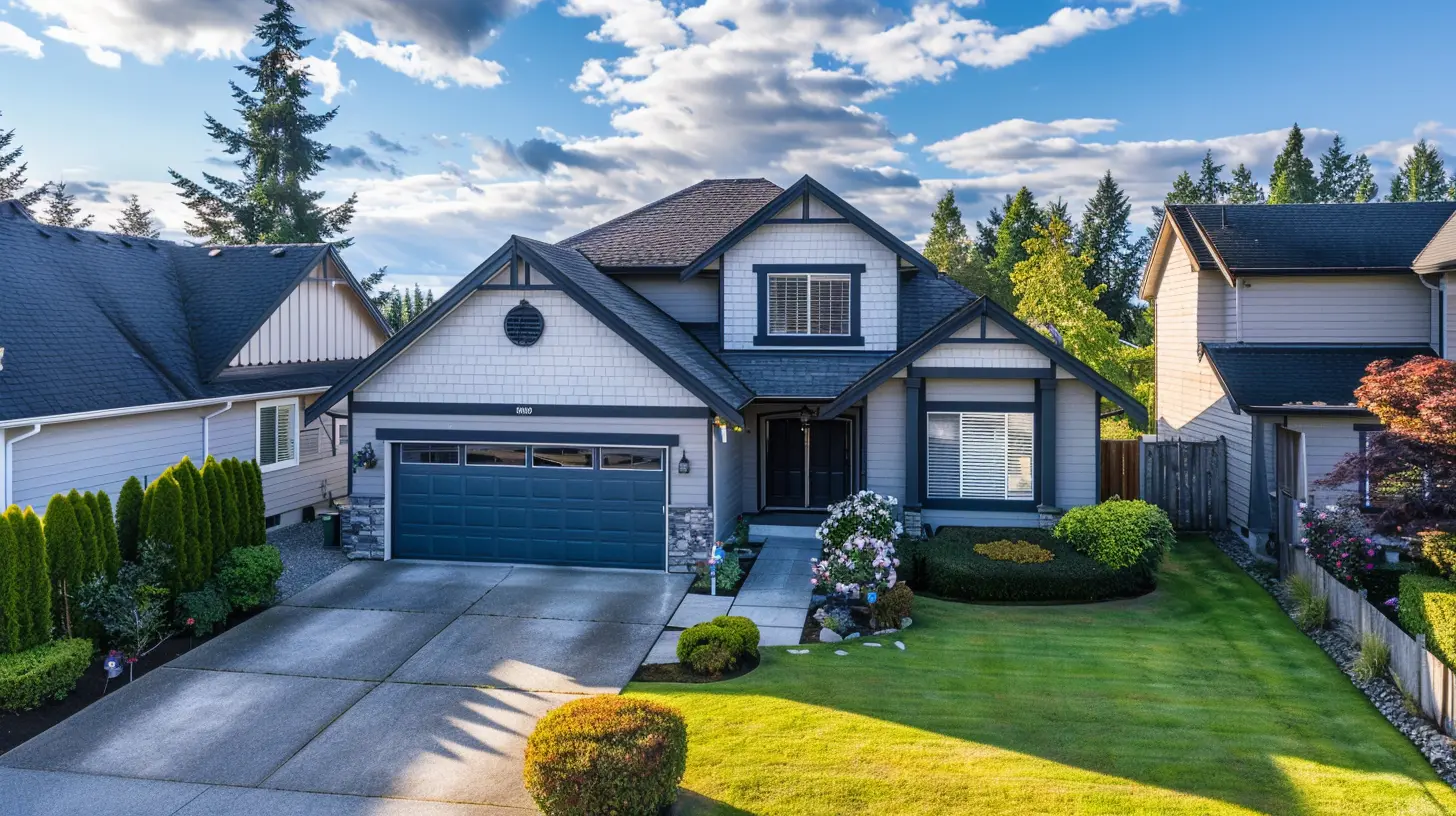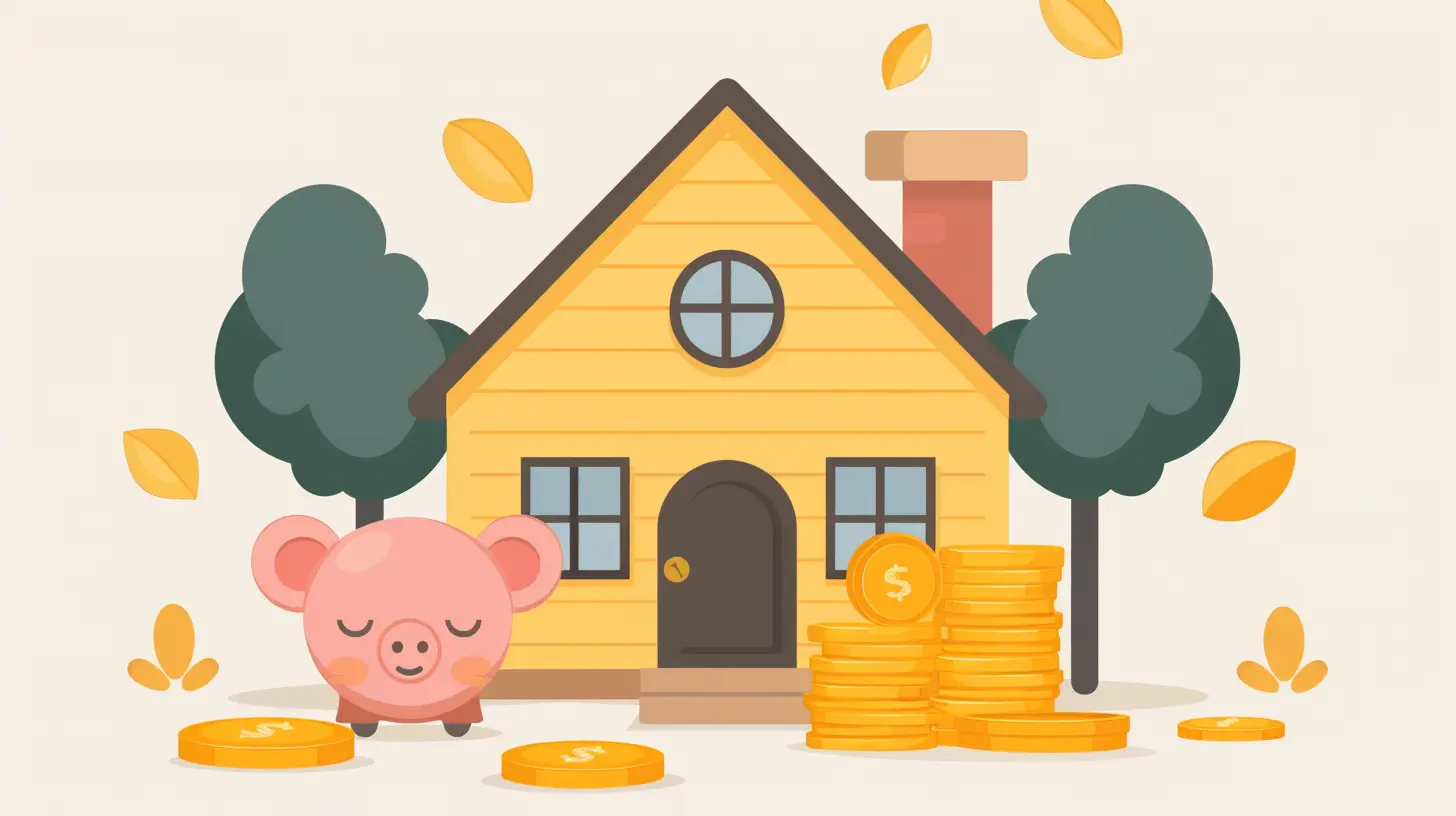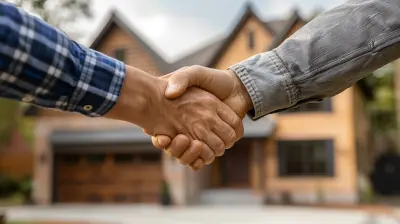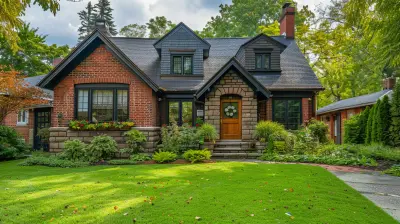14 March 2025
Buying your first home is an exciting milestone, but let's be real—it can also be overwhelming. One of the biggest hurdles? The down payment. For many first-time buyers, just hearing those two words can bring up feelings of stress and uncertainty.
But here’s the good news: understanding down payments doesn’t have to be complicated. In fact, with the right knowledge, you'll feel empowered and prepared to tackle this part of the home-buying journey with confidence. So, let’s break it all down, step by step.

What Is A Down Payment?
Simply put, a down payment is the upfront amount of money you pay toward the purchase price of a home. The rest of the cost is typically covered by a mortgage loan. It’s like buying a car—if the car costs $30,000 and you put down $5,000, you finance the remaining $25,000.When it comes to homes, down payments are usually expressed as a percentage of the total purchase price.

How Much Should You Save for a Down Payment?
The big question on every first-time buyer’s mind: How much do I actually need to save?You’ve probably heard the old rule that you need 20% down. While putting 20% down has its benefits (like avoiding private mortgage insurance), it’s not a hard-and-fast rule. Many loan programs allow for much lower down payments.
Common Down Payment Percentages
- 0% Down – Yes, you read that right! Some government-backed loans, like VA loans (for veterans) and USDA loans (for rural homes), allow you to buy a home with zero down.- 3% – 3.5% Down – Programs like Fannie Mae’s HomeReady loan or FHA loans let first-time buyers purchase homes with as little as 3% or 3.5% down.
- 5% – 10% Down – Many conventional loans allow buyers to put down as little as 5% or 10% while still offering competitive interest rates.
- 20% Down – If you can afford it, putting 20% down eliminates the need for private mortgage insurance (PMI), a monthly fee meant to protect lenders in case you default.
So, no—you don’t need 20% down to buy a home. But the more you can put down, the better off you’ll be in the long run.

Benefits of a Larger Down Payment
While you can buy a home with a small down payment, saving more upfront has some major perks:- Lower Monthly Payments – A bigger down payment means borrowing less, which leads to lower monthly mortgage payments.
- Better Interest Rates – Lenders often reward larger down payments with lower interest rates, which saves you money over time.
- No PMI Required – If you put down 20% or more, you can avoid the extra cost of private mortgage insurance.
- More Equity from Day One – A higher down payment means you instantly own a larger portion of your home, giving you more financial security.
That said, don't drain your entire savings just to reach a bigger down payment—having an emergency fund is just as important!

Where Can You Find Help With a Down Payment?
If saving for a down payment feels impossible, don’t worry—you’re not in this alone. There are several resources available to help first-time buyers achieve homeownership.1. Down Payment Assistance Programs
Many states, cities, and nonprofit organizations offer down payment assistance (DPA) programs to help first-time buyers. These can come in the form of grants, loans, or even forgivable second mortgages.2. Government-Backed Loans
Certain loan programs, like FHA, VA, and USDA loans, are designed to make home-buying more accessible by requiring minimal down payments.3. Gifted Funds
Some lenders allow family members to gift money toward your down payment. Just be sure to follow the lender’s documentation requirements to prove it’s a gift and not a loan.4. Employer Assistance Programs
Some companies offer home-buying benefits to employees, including down payment assistance. It’s worth asking your HR department if any programs are available.Tips for Saving for a Down Payment
Saving up for a down payment may seem daunting, but with a little strategy and discipline, you can get there faster than you think.1. Set a Clear Goal
Determine how much you’ll need to save based on the type of loan you qualify for and the price range of homes you're considering. Having a concrete number in mind makes saving feel more achievable.2. Automate Your Savings
Set up an automatic transfer from your paycheck into a dedicated down payment savings account. Treat it like any other bill—this way, you’re less tempted to spend the money elsewhere.3. Cut Back on Unnecessary Spending
Take a close look at your budget. Are there areas where you can cut back? Maybe you can cook at home more often, downgrade a subscription, or find a more affordable gym membership. Every little bit adds up!4. Take Advantage of Windfalls
Got a tax refund, work bonus, or birthday money? Instead of splurging, stash it away in your down payment fund.5. Consider a Side Gig
If your 9-to-5 alone isn’t cutting it, think about picking up a side hustle. Whether it’s freelancing, driving for a rideshare company, or selling handmade crafts, an extra income stream can speed up your savings.How to Decide on the Right Down Payment for You
At the end of the day, the “right” down payment depends on your financial situation and long-term goals. Here are a few questions to help you decide:- Can I afford to put down more without draining my savings?
- Will a larger down payment lower my monthly payments to a comfortable level?
- Do I qualify for down payment assistance programs?
- How will a smaller down payment impact my mortgage insurance costs?
There’s no one-size-fits-all answer, but the key is to find the right balance between upfront affordability and long-term financial benefits.
Final Thoughts
Buying your first home is a journey, and your down payment is just one step in the process. While it might feel like a huge hurdle now, with the right planning and resources, you can achieve homeownership sooner than you think.Remember, there are plenty of loan programs and assistance options out there to make buying a home more accessible. Do your research, stay disciplined with your savings, and before you know it, you'll be holding the keys to your dream home.









Margaret McRae
Great insights! It’s intriguing how down payments can vary so much. I’m curious about creative strategies for first-time buyers to navigate this critical step in homeownership!
April 3, 2025 at 2:56 AM